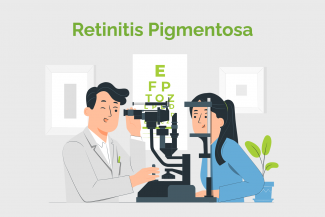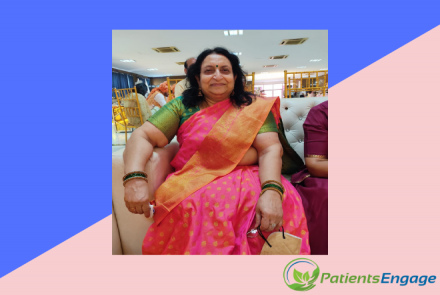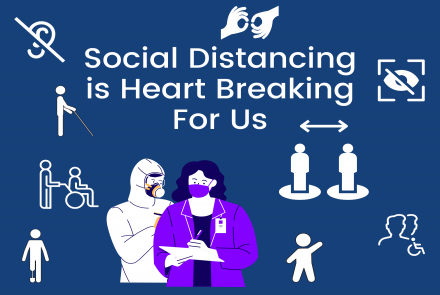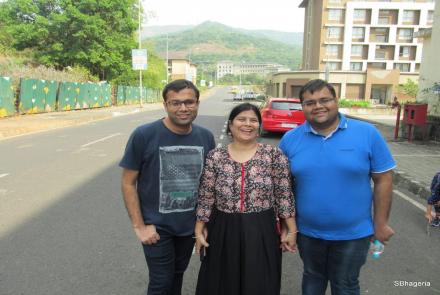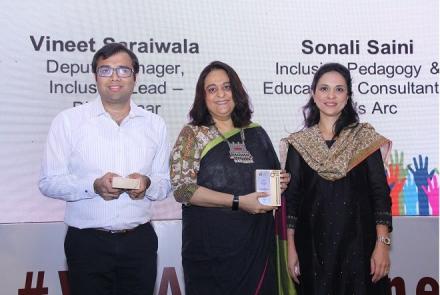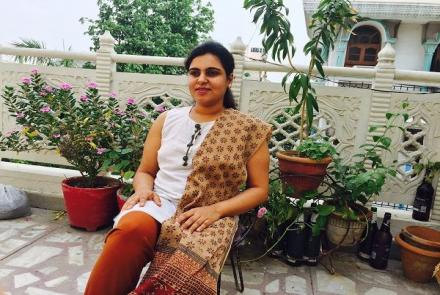
It is important to recognise the early Signs and Symptoms of Retinitis Pigmentosa.
Symptoms of RP include night vision difficulties in childhood or later and slow loss of peripheral vision due to degeneration of rod photoreceptors. A person with RP will have visual problems in dim light, late evenings and during night-time if the illumination is low. There will also be delayed adaptation to dark environment like entering a cinema hall or dimly lit restaurant. The loss of peripheral vision is manifested as bumping into surrounding objects and people or difficulty in moving down the stairs or locating objects that have fallen on the ground. The loss of peripheral vision can be patchy to begin with and later developing into widespread reduction.
RP patients will be comfortable in familiar environments like house and schools as they get adapted in the initial stages of RP. Any new/unfamiliar set up may be very challenging due to the peripheral vision problems and leads to anxiety or avoidance of such situations by the patients. Owing to the night vision, and side vision problems, there will be a problem in driving and social interactions in social gatherings.
RP can cause legal blindness (Visual acuity or field loss beyond a limit) at any age, though most patients are in late adulthood at time of legal blindness. Patients of RP can however continue to read and write even in presence of legal blindness as central vision may remain unaffected.
As the disease progress the patients is left only with central vision referred to as tunnel vision. The central vision and colour vision are also affected eventually over the years due to cone photoreceptors degeneration. In few cases of RP there can be early affection of central vision like in Indian patients with autosomal recessive RP. In later phases of RP, when cones start getting affected, new symptoms appear including intolerance to lights (photophobia, glare) and floaters that interfere with functional vision.
The typical signs of RP noted by retinal examination include a waxy pallor of optic disc, attenuated retinal arteries and veins, bony spicule pigmentation in the background retina and central (foveal) thinning (atrophy). However, these signs vary with age and associated genetic defect. Few forms of RP can have no pigmentary changes in the earlier part of life with early foveal involvement. Few other associated eye abnormalities include myopia, posterior subcapsular cataract, glaucoma, vitreous floaters, cystoid macular edema, epiretinal membrane, retinal detachment, and macular hole.
RP associated with other features of systemic involvement is referred to as syndromic RP. Patients will have typical features of specific syndromes associated like hearing, speech and balance abnormalities, obesity, polydactyly (multiple fingers or toes), kidney involvement, neurological features, and skin involvement.
Contributed by
Dr Deepika C Parameswarappa, Consultant Ophthalmologist, LV Prasad Eye Institute
Dr Subhadra Jalali, Network Director, Consultant Ophthalmologist, L V Prasad Eye Institute

